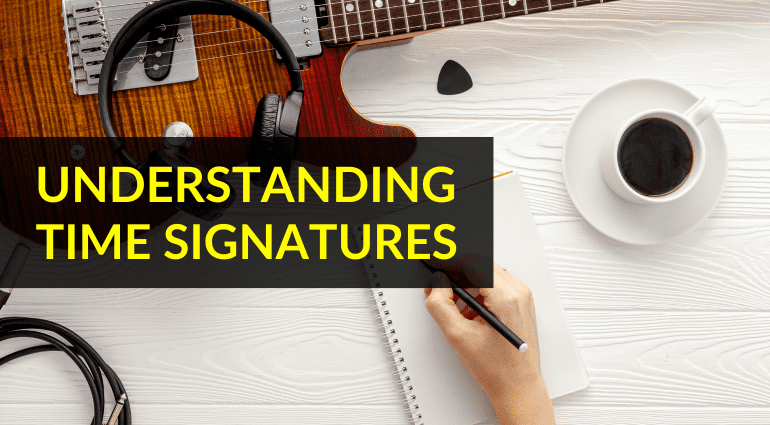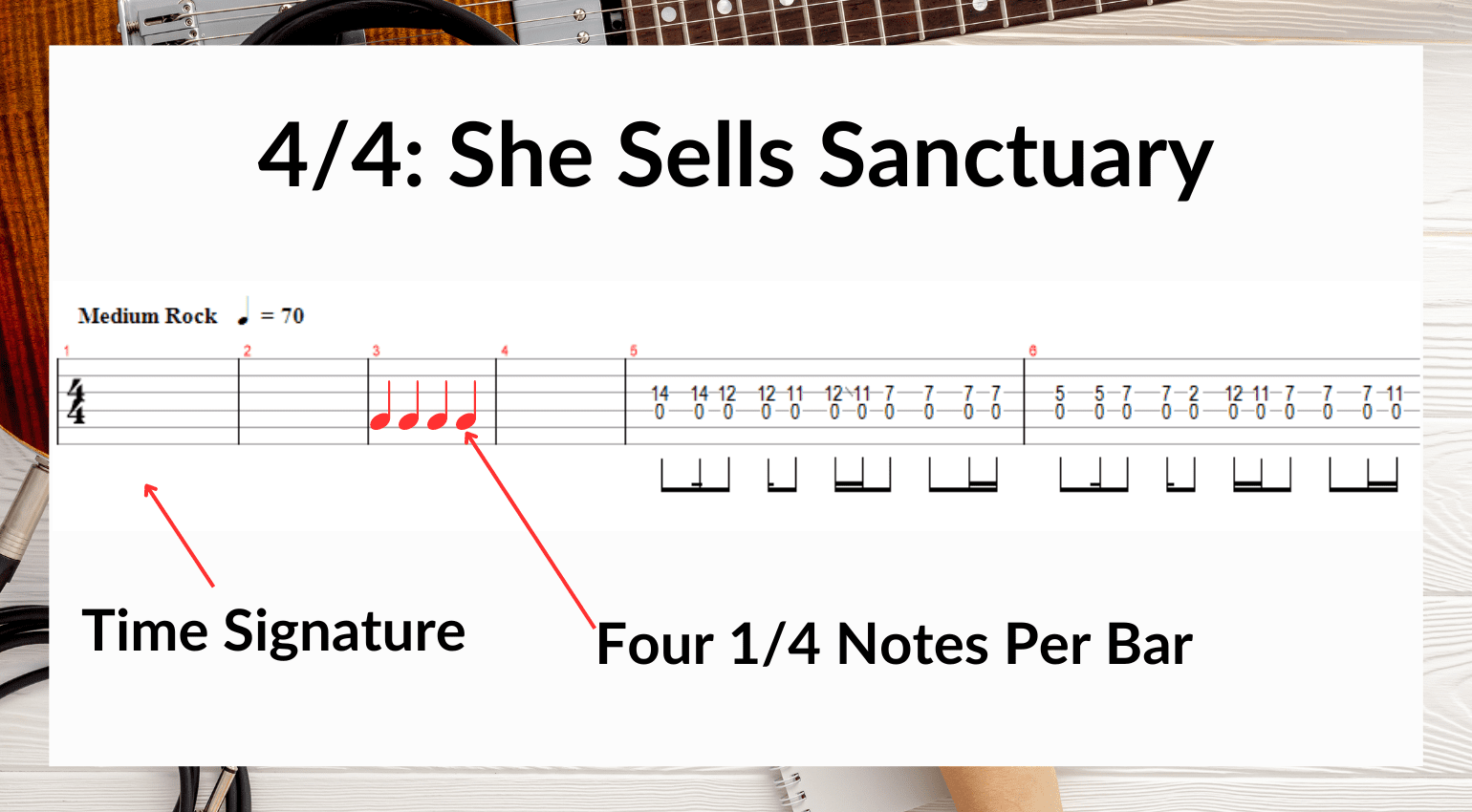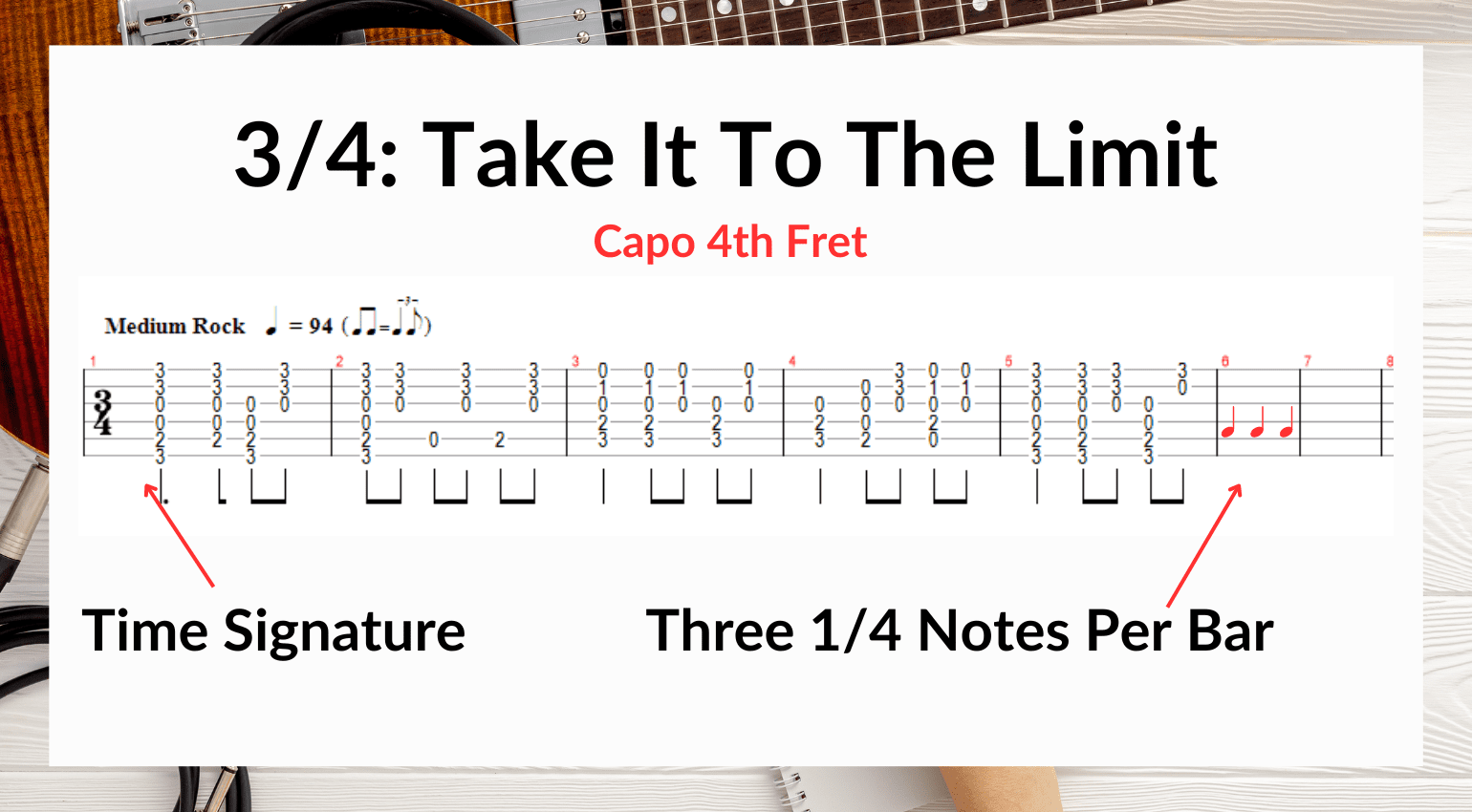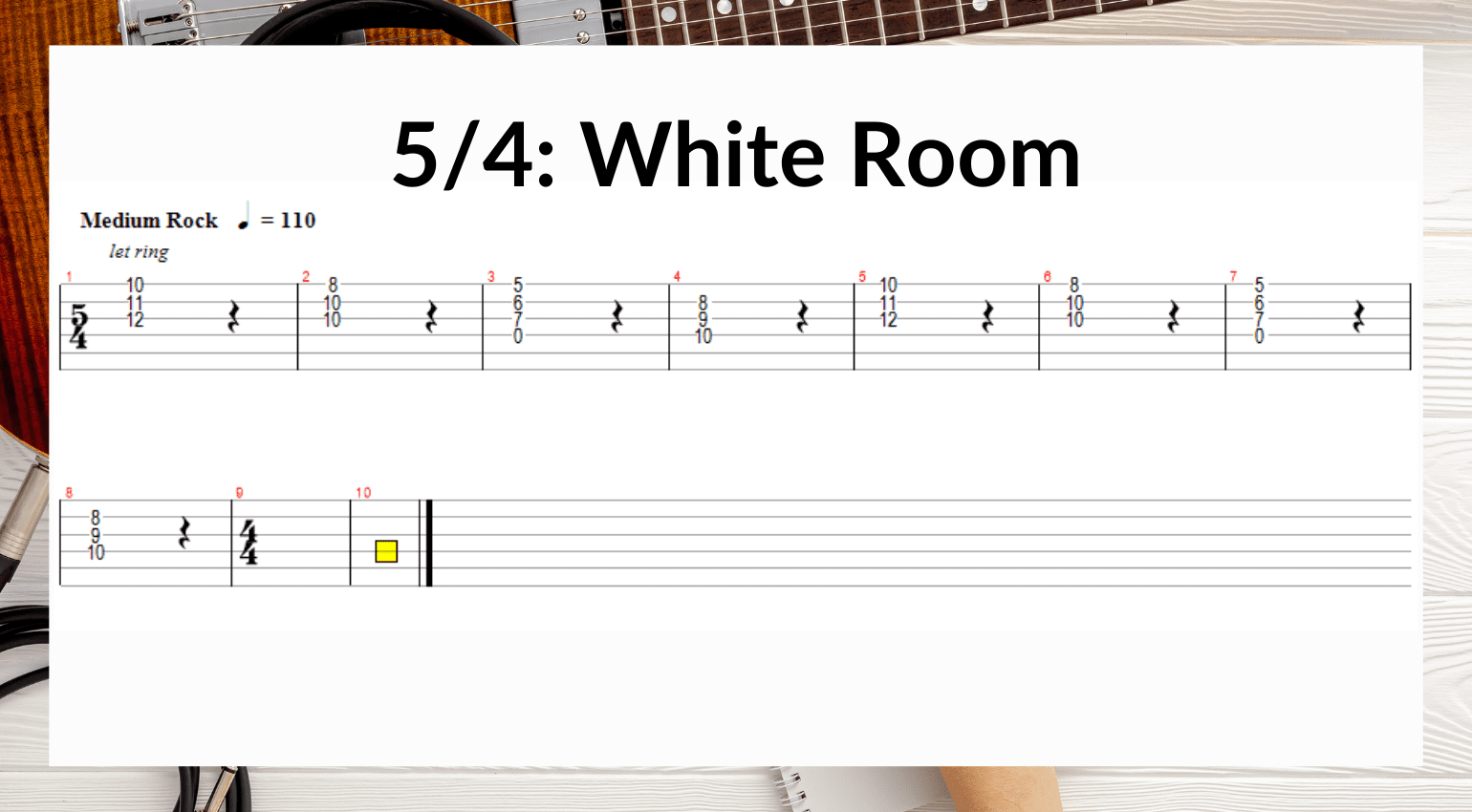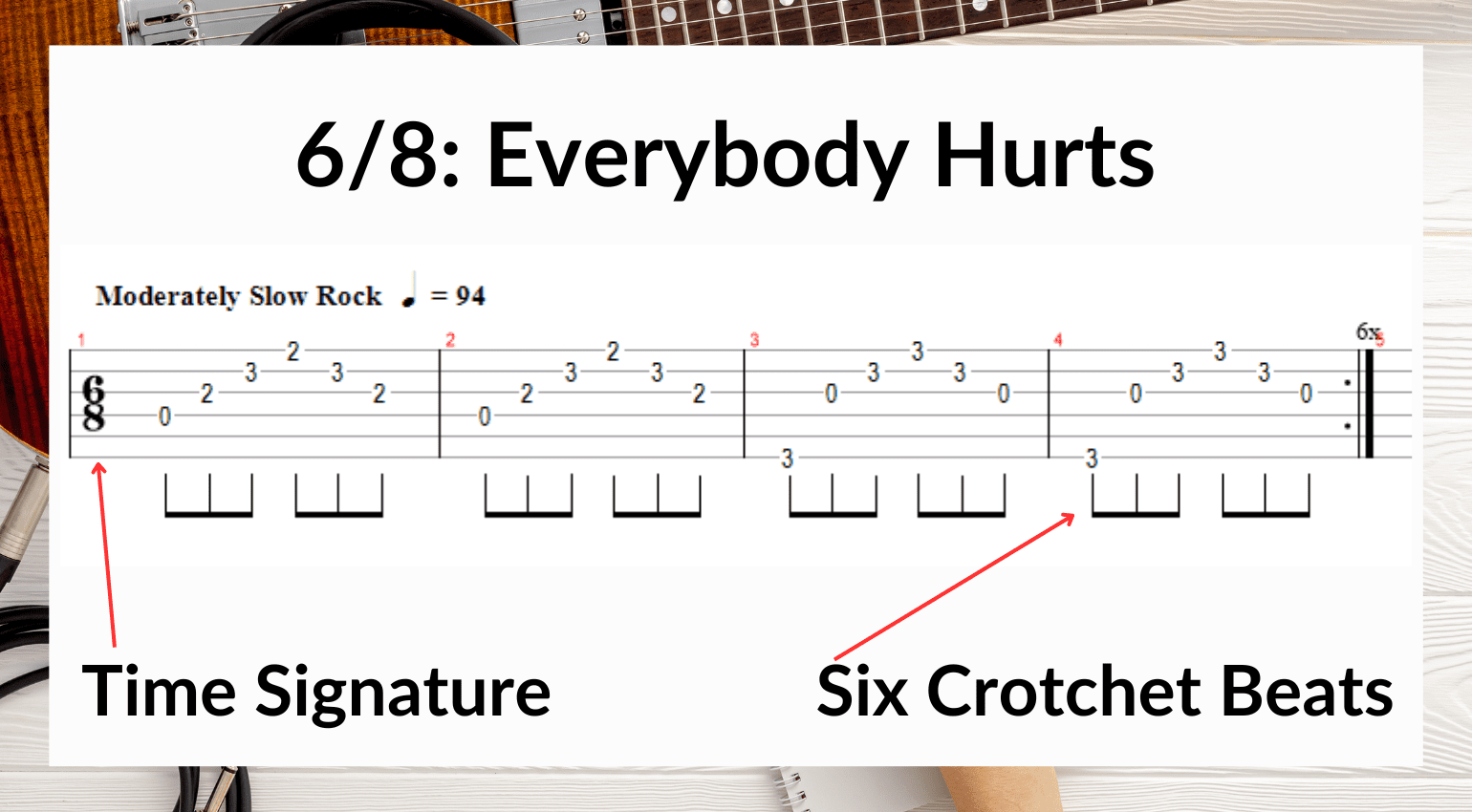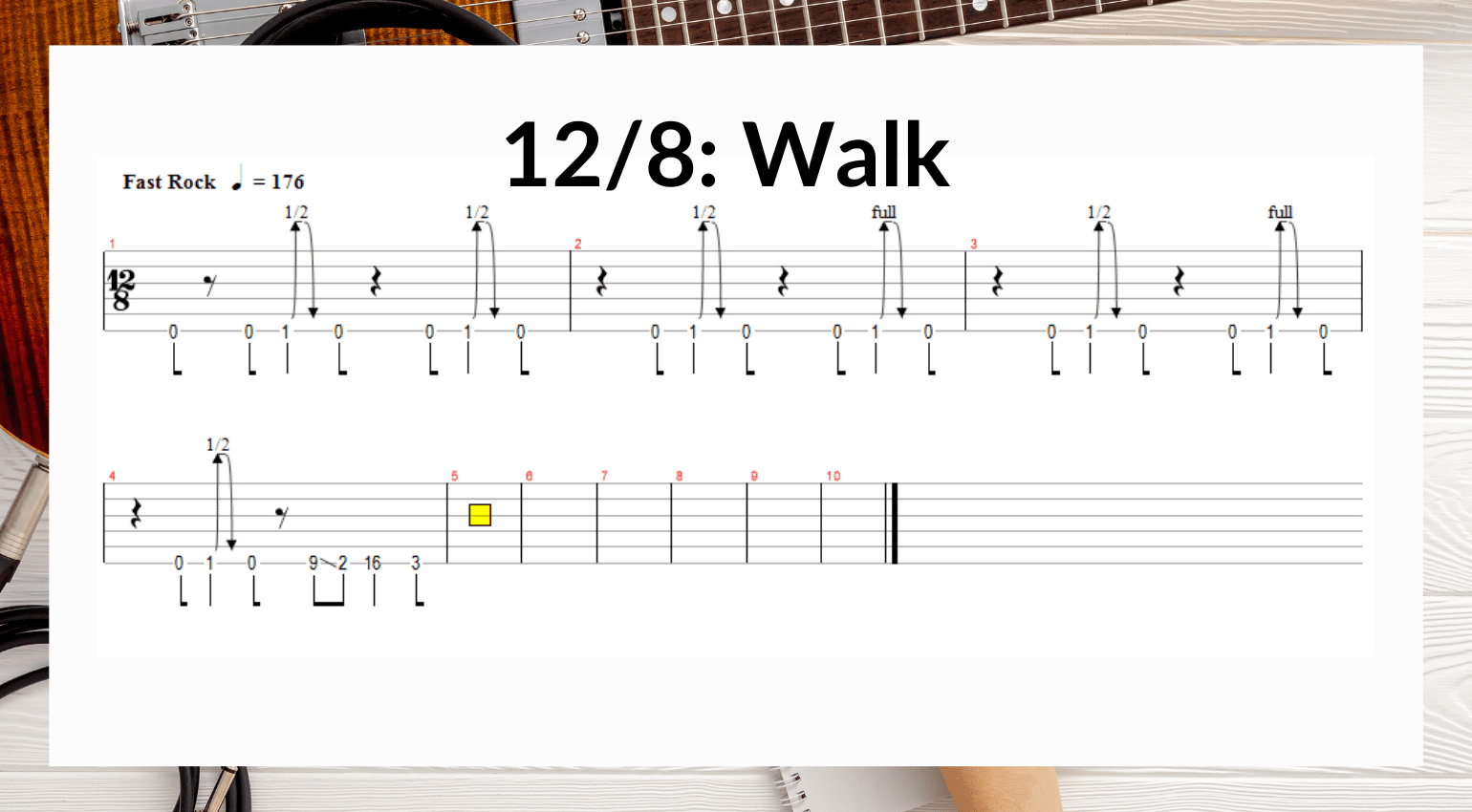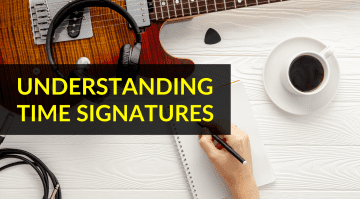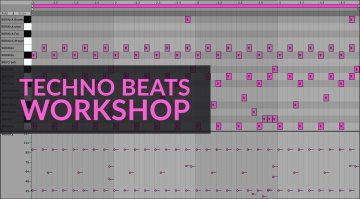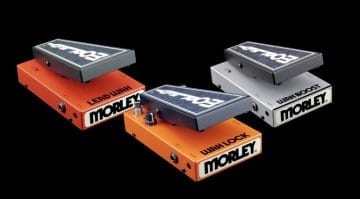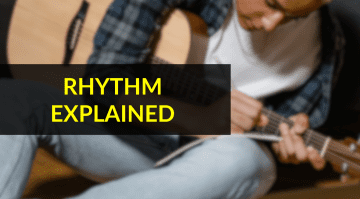Understanding Time Signatures: Metre Made Simple
Learn guitar easily
Understanding time signatures is crucial for your development as a musician. Knowing how many beats you’re working with will help you out! But how can you know for sure? Stick around as we tap our way through various time signatures.
Understanding Time Signatures: Metre Made Simple
Metre refers to the regularly occurring rhythmic patterns in a piece of music. It’s the same with poetry. How something feels is dependent on many factors. Such as if it is in a major or minor key, digital effects, and the metre.
Have you ever looked at the start of a piece of notation, and seen two numbers sat on top of each other? Well, this shows us the time signature for that piece of music and gives us our base rhythm. As musicians, there are lots of techniques that we can use to spice up the rhythm.
However, one key factor remains. The time signature governs us, as players, as to what we can do with our music. So, let’s look at understanding time signatures and how they can help you.
4/4
Starting us off, we’re looking at arguably the most commonly used time signature in Western music. Helping us to understand this time signature, we’ll be using this banger from The Cult.
4/4, referred to as common time, contains four beats to one bar. Specifically, four crotchet beats. Getting your head around this one is pretty simple. Have you ever been to a concert and clapped your hands along to the beat? Well, chances are you were clapping in 4/4!
In total, we’re only allowed a maximum of four beats that add up to the equivalent of four crotchets. There are of course subdivisions of each note, such as semi-quavers and minims etc. For now, why not check out this TAB for She Sells Sanctuary? Moreover, you could start counting to four from the 5th bar when the guitar riff starts.
This timeless and tense guitar intro has some pretty cool effects going on. Take a look at this Flanger pedal from MXR to see what the fuss is all about:

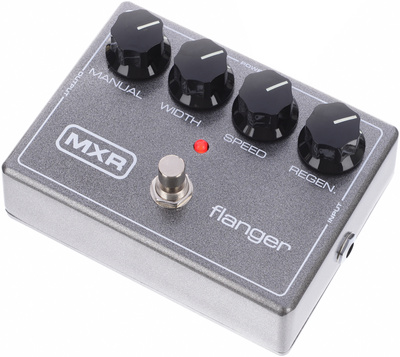
3/4
Secondly, we’re going to look at another widely used time signature. Often labelled as the Waltz time signature, 3/4 has some classical roots.
Despite a more traditional background, this time signature has still been used in some pretty cool songs. Yes, you can hear the trademark one two three, one two there in Waltz Of The Flowers, however, Jimi Hendrix and Metallica have also used 3/4.
So, what is it then? Unlike with 4/4, we’ve now got three crotchets, otherwise known as quarter notes, per bar. This creates a sweet and sentimental feel. Whereas 4/4 is much more driving and upbeat. This Eagles number showcases this time signature perfectly.
To play this in the original key, you’ll need a capo on the 4th fret of your guitar. Good job there are plenty to choose from, here’s one that I’ve got in my gig bag right now:

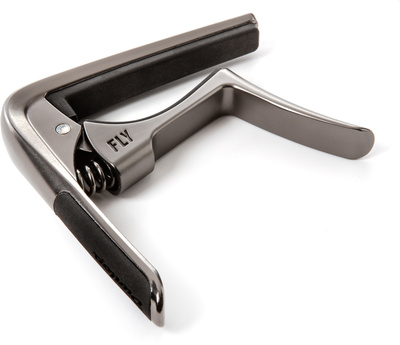
5/4
Continuing our look at understanding time signatures, we’re here to check out what 5/4 is all about. This is where things start to get a bit more involved…
Whereas 4/4 and 3/4 were fairly even, this time signature has an odd number of beats, creating an unusual feel within a piece of music. The quintuple metre allows for different groupings within a bar, such as three and two, or two and three.
Essentially, there can be any number of combinations of equally stressed beats within one bar. Anything goes, as long as you end up with five beats per bar. Such as two 1/4 notes, followed by six 1/8th notes. This example by Cream features a 5/4 intro but resolves to 4/4 for the verse.
Although known for being a Strat man, in the early days of his career, Eric Clapton favoured guitars that packed a real punch. This Gibson ought to do it…

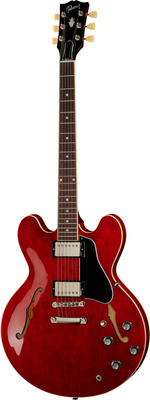
Understanding Time Signatures: 6/8
Back to some normality now, 6/8 is potentially one of the most soothing time signatures out there! As we’ve seen already, a time signature varies the mood and feel of the music.
Aside from illustrating this next time signature, Everybody Hurts is a great fingerstyle guitar piece to have a go at! Regardless, we’ve got six beats per bar here. Logically, it would appear to be the same as 3/4, only double right?
Not quite. Where they differ is that 3/4 consists of 3 crotchet beats, whereas you’ll find 2 dotted crotchet beats in a 6/8 time signature. Hence the varying mood and feel.
12/8
Concluding our look at understanding time signatures, we’re delving into this 1990s metal riff. Complete with a 12/8 compound time signature.
What’s a compound time signature? Well, we’ve already seen a few already. Compound time signatures contain groupings of equal-length notes. Therefore,12/8 has four large or stressed beats and each of these is divided into three 1/8th notes.
Broken down, you can count four emphasised beats in a 12/8 time signature.
Walk is in D Standard tuning, meaning you’re going to have to make some adjustments before you try this one. This pedal tuner from Harley Benton will slot into your pedal board with no trouble:

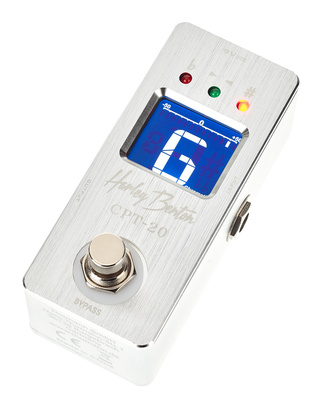
Understanding Time Signatures: Easy as one two three?
There we have it! A look into some time signatures, some more common than others! Regardless of their use, it’s always worth having a comprehensive understanding in the back of your mind for the next time you’re at a writing session, or even a pub quiz!

 4,3 / 5,0 |
4,3 / 5,0 | 